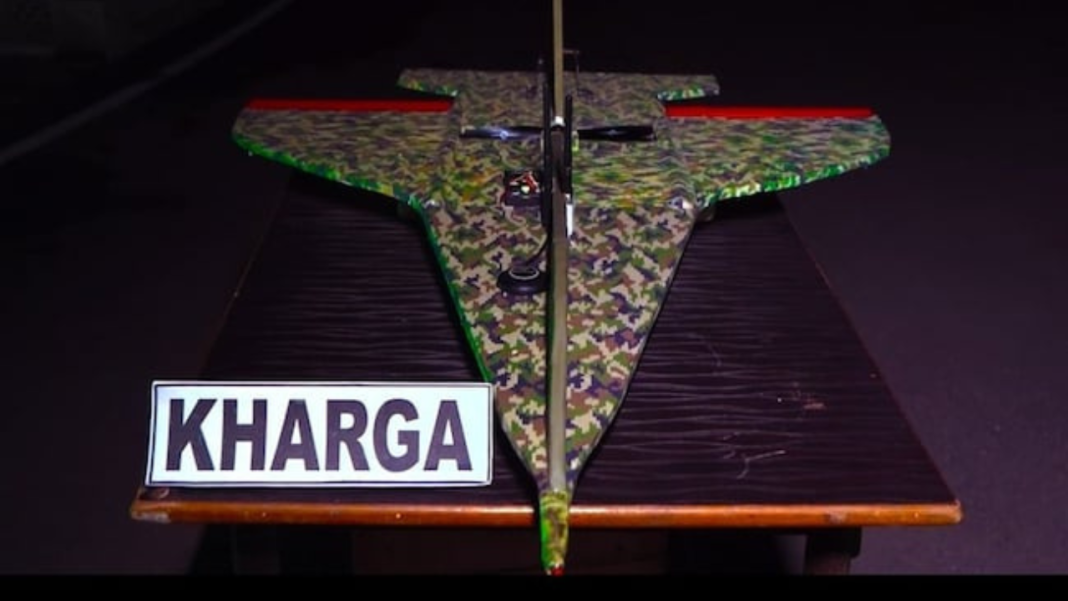The Indian Army has made significant strides in enhancing its aerial capabilities with the development of the ‘Kharga,’ a kamikaze drone designed for intelligence and surveillance operations. Priced at Rs 30,000 per unit, this innovative aerostat system boasts impressive features, including a remarkable speed of 40 meters per second and a capacity to carry up to 700 grams of explosives.
Equipped with advanced technology, the ‘Kharga’ incorporates GPS navigation and a high-definition camera that can operate effectively at a distance of one and a half kilometers. Furthermore, the drone is designed with a countermeasure system that protects it from enemy electromagnetic spectrum jamming, ensuring its functionality in contested environments.
The ‘Kharga’ is classified as a ‘suicide’ drone, which means it can be deployed to effectively target and destroy enemy positions. Officials have noted its capability to evade detection, as it operates outside conventional radar ranges. Drones of similar functionality have previously been used in conflicts such as the ongoing Russia-Ukraine war, illustrating their tactical importance in modern warfare.
In a related development, the National Aerospace Laboratories (NAL) introduced a new line of indigenous kamikaze drones in August. These advanced drones feature home-built engines with impressive ranges of up to 1,000 kilometers. Their use in the Ukraine conflict has proven their effectiveness against both infantry and armored vehicles, drawing parallels to historical kamikaze missions from World War II, when Japanese pilots employed suicide attacks against Allied naval vessels and aircraft.
On the border security front, Union Home Minister Amit Shah recently announced that the Border Security Force (BSF) has successfully neutralized 55 percent of unauthorized drones along the India-Pakistan border in Punjab. This achievement has been made possible through the use of ‘Dronaam,’ India’s indigenous counter-unmanned aerial system (C-UAS). During the BSF’s 60th raising day, Shah expressed his confidence in the system’s performance, stating, “I sleep fearlessly at night knowing you are guarding our borders. The new system has been a remarkable success.”
Developed by Gurutvaa Systems, ‘Dronaam’ is a modular C-UAS that offers extensive protection against illegal drones, adapting to various security needs through its flexible design. With both directional and omnidirectional coverage, it represents a significant advancement in the effort to secure India’s borders from potential aerial threats. As the defense landscape continues to evolve, these technological innovations position India at the forefront of modern aerial warfare capabilities.





